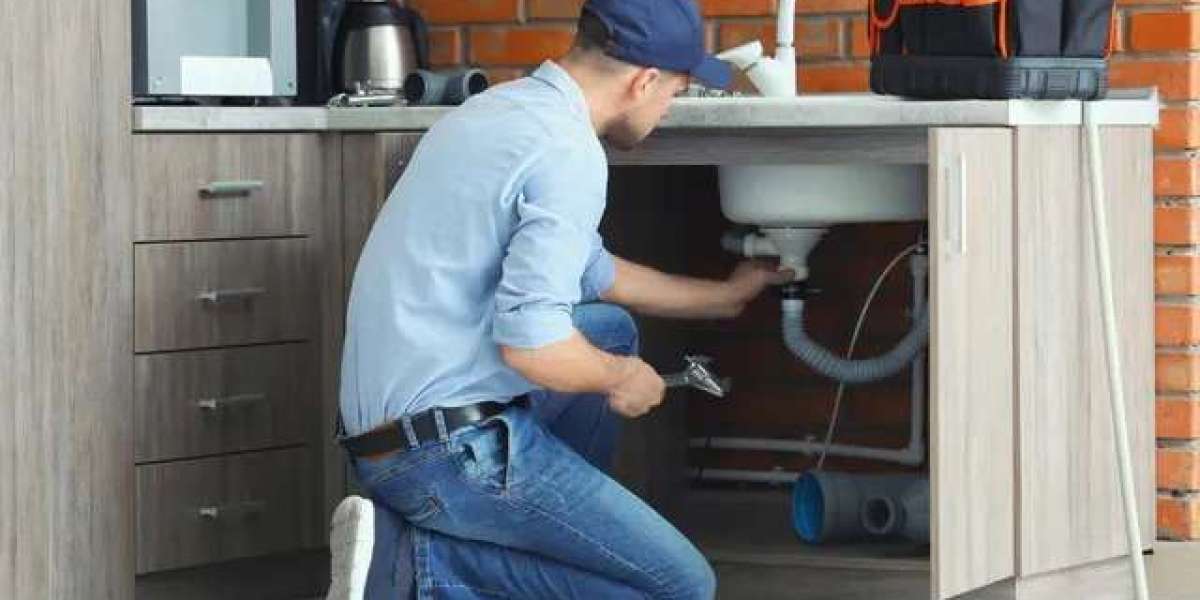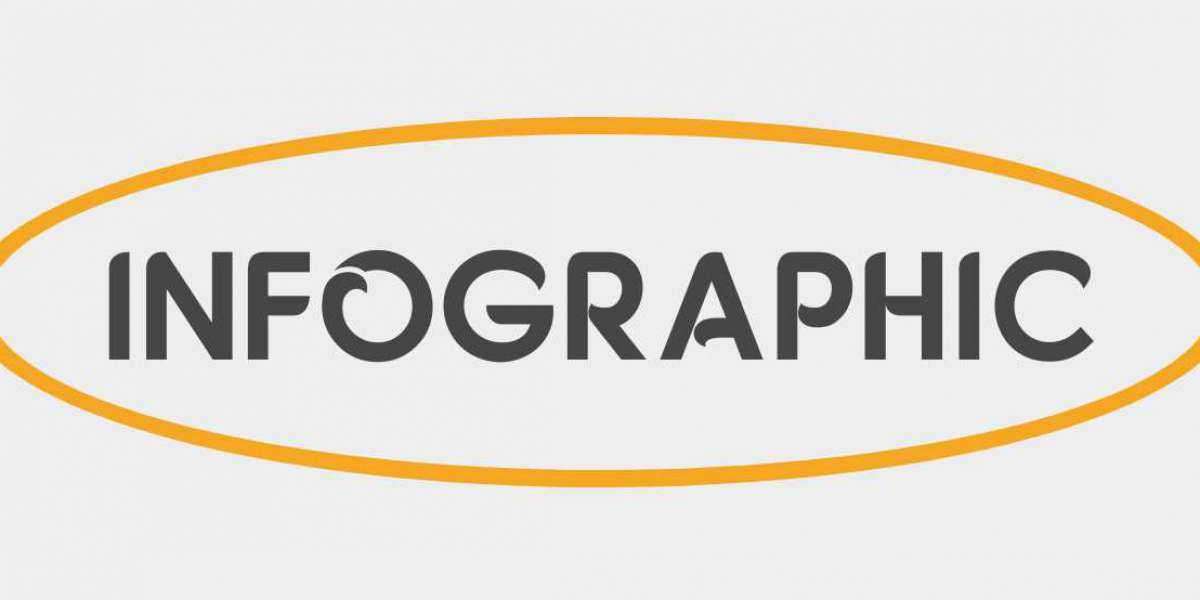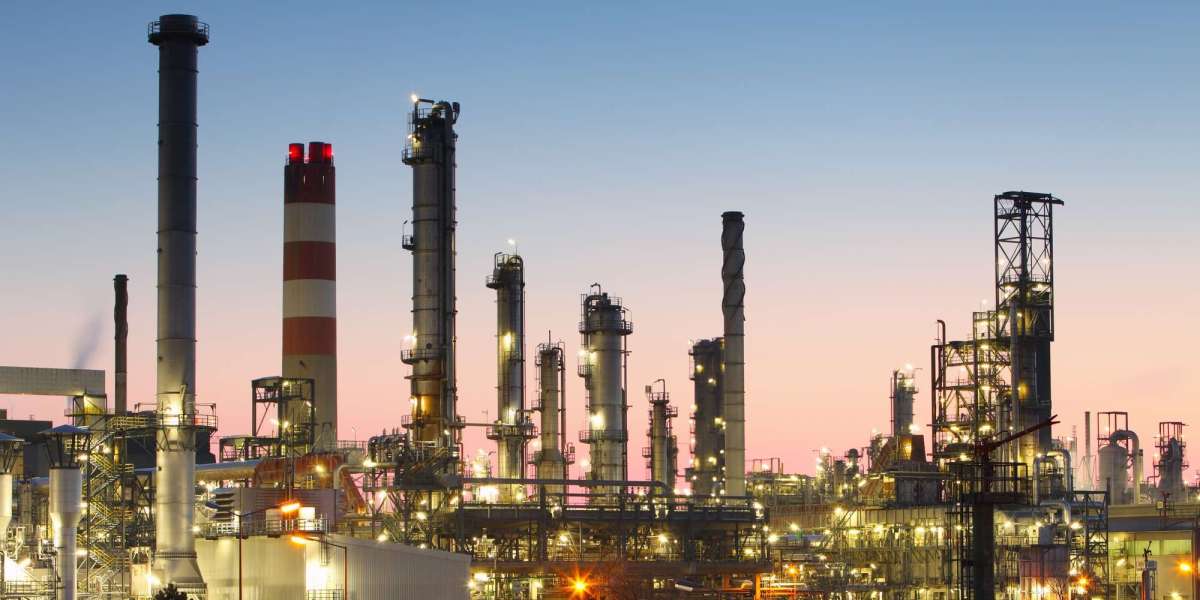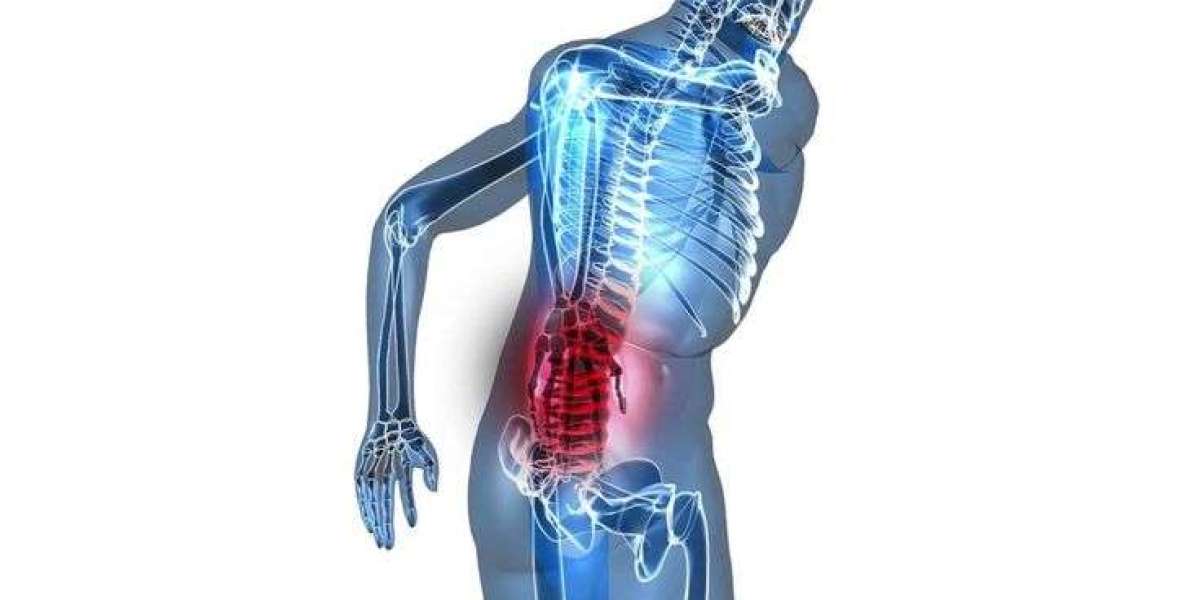Drains are an integral part of your home’s plumbing system, designed to carry wastewater away from your property and ensure smooth operation of your household. However, over time, various issues can arise that compromise the efficiency and effectiveness of your drains. When these problems become severe, drain replacement may be the best solution. In this blog, we’ll explore the most common causes of drain failure and explain how drain replacement can resolve these issues and restore your plumbing system to optimal performance.
Understanding Drain Failure
Drain failure occurs when a drain system stops functioning properly, leading to issues such as slow drainage, blockages, leaks, and potential damage to your property. Identifying the root causes of drain failure is crucial in determining the appropriate course of action, whether it’s repair or drain replacement.
Common Causes of Drain Failure
1. Clogs and Blockages
One of the most frequent causes of drain failure is clogs and blockages. Over time, debris such as food scraps, grease, hair, soap scum, and foreign objects can accumulate in the pipes, obstructing the flow of wastewater. This buildup can lead to slow drainage, backups, and even complete blockages.
Solution with Drain Replacement: While regular drain cleaning can address minor clogs, persistent or severe blockages often indicate underlying issues. Drain replacement can resolve these problems by installing new pipes with smoother interiors that are less prone to debris buildup. Additionally, modern drain systems often incorporate features to reduce the likelihood of clogs.
2. Pipe Corrosion
Corrosion is a common issue with older metal pipes, such as those made from iron or steel. Over time, these pipes can rust and weaken due to prolonged exposure to moisture and chemicals. Corrosion can lead to leaks, reduced water flow, and pipe collapse.
Solution with Drain Replacement: Drain replacement can address corrosion issues by installing new pipes made from materials that resist rust and corrosion, such as PVC or PEX. These materials have a longer lifespan and are less susceptible to the damage caused by corrosive elements.
3. Tree Root Intrusion
Tree roots can pose a significant threat to your drainage system. As trees grow, their roots can seek out water sources, including underground pipes. When roots invade pipes, they can cause blockages, cracks, and even complete pipe collapse.
Solution with Drain Replacement: If tree root intrusion has caused extensive damage to your drains, drain replacement may be necessary. Replacing old, vulnerable pipes with new, root-resistant materials can prevent future root-related issues. Additionally, trenchless technology can minimize disruption by allowing for pipe replacement without extensive digging.
4. Pipe Damage
Physical damage to pipes, such as cracks, fractures, or disconnections, can compromise the functionality of your drainage system. Damage can result from various factors, including ground movement, accidental impacts, or poor installation.
Solution with Drain Replacement: For pipes with significant damage, drain replacement is often the most effective solution. New pipes can be installed to replace the damaged sections, ensuring that your drainage system operates smoothly. Upgrading to more durable materials can also reduce the risk of future damage.
5. Aging Pipes
Pipes have a finite lifespan, and as they age, they become more prone to various issues such as leaks, blockages, and deterioration. Older plumbing systems may not meet modern standards and can be less efficient.
Solution with Drain Replacement: Drain replacement offers an opportunity to upgrade your plumbing system. By replacing old pipes with new, high-quality materials, you can improve the efficiency and reliability of your drainage system. This upgrade can also enhance your home’s overall plumbing performance and reduce maintenance needs.
6. Poor Installation
Improper installation of pipes and drainage systems can lead to a host of problems, including poor water flow, frequent blockages, and system failures. Common installation issues include incorrect pipe slope, inadequate joint connections, and improper use of materials.
Solution with Drain Replacement: If poor installation is the root cause of your drainage issues, drain replacement allows for a fresh start. Professional installation ensures that pipes are correctly aligned, connected, and supported, reducing the risk of future problems. Working with experienced contractors can also help prevent installation errors.
7. Inadequate Drainage System Design
In some cases, the original design of your drainage system may be insufficient for your current needs. For example, if your home has undergone renovations or if the system was not designed to handle increased water flow, you may experience drainage issues.
Solution with Drain Replacement: Drain replacement provides an opportunity to redesign and upgrade your drainage system. Modern systems can be designed to accommodate higher water flow, improve efficiency, and meet current standards. This can help prevent issues related to inadequate system design and enhance overall performance.
Benefits of Drain Replacement
Drain replacement offers several benefits that can significantly improve your home’s plumbing efficiency and prevent future issues:
- Enhanced Efficiency: New pipes and materials can improve water flow and reduce the risk of clogs, ensuring that your drainage system operates efficiently.
- Reduced Maintenance: Upgrading to modern materials and systems can reduce the need for frequent repairs and maintenance, saving you time and money.
- Improved Durability: New pipes are often more resistant to corrosion, rust, and damage, leading to a longer lifespan and greater reliability.
- Prevention of Future Problems: Addressing underlying issues through drain replacement can prevent future problems and ensure that your plumbing system functions smoothly.
- Increased Property Value: A well-maintained and updated drainage system can enhance the value of your home, making it more attractive to potential buyers.
Choosing the Right Professional for Drain Replacement
To ensure a successful drain replacement project, it’s important to select a qualified and experienced professional. Here are some tips for choosing the right contractor:
- Check Credentials: Ensure that the contractor is licensed and insured. This provides protection in case of accidents or damage during the project.
- Read Reviews: Look for contractors with positive reviews and testimonials from previous clients. This can give you an idea of their reputation and reliability.
- Obtain Multiple Quotes: Get quotes from several contractors to compare prices and services. This helps ensure that you receive a fair and competitive rate.
- Ask About Experience: Choose a contractor with experience in drain replacement specifically. Experienced professionals are more likely to handle complex issues effectively.
Conclusion
Drain replacement is a crucial step in maintaining and improving your home’s plumbing system. By addressing the most common causes of drain failure, such as clogs, corrosion, tree root intrusion, and aging pipes, you can restore your drainage system to optimal performance. Investing in drain replacement not only enhances your home’s plumbing efficiency but also prevents future problems and increases property value. If you’re experiencing drainage issues, consult a professional to determine if drain replacement is the right solution for your needs.



